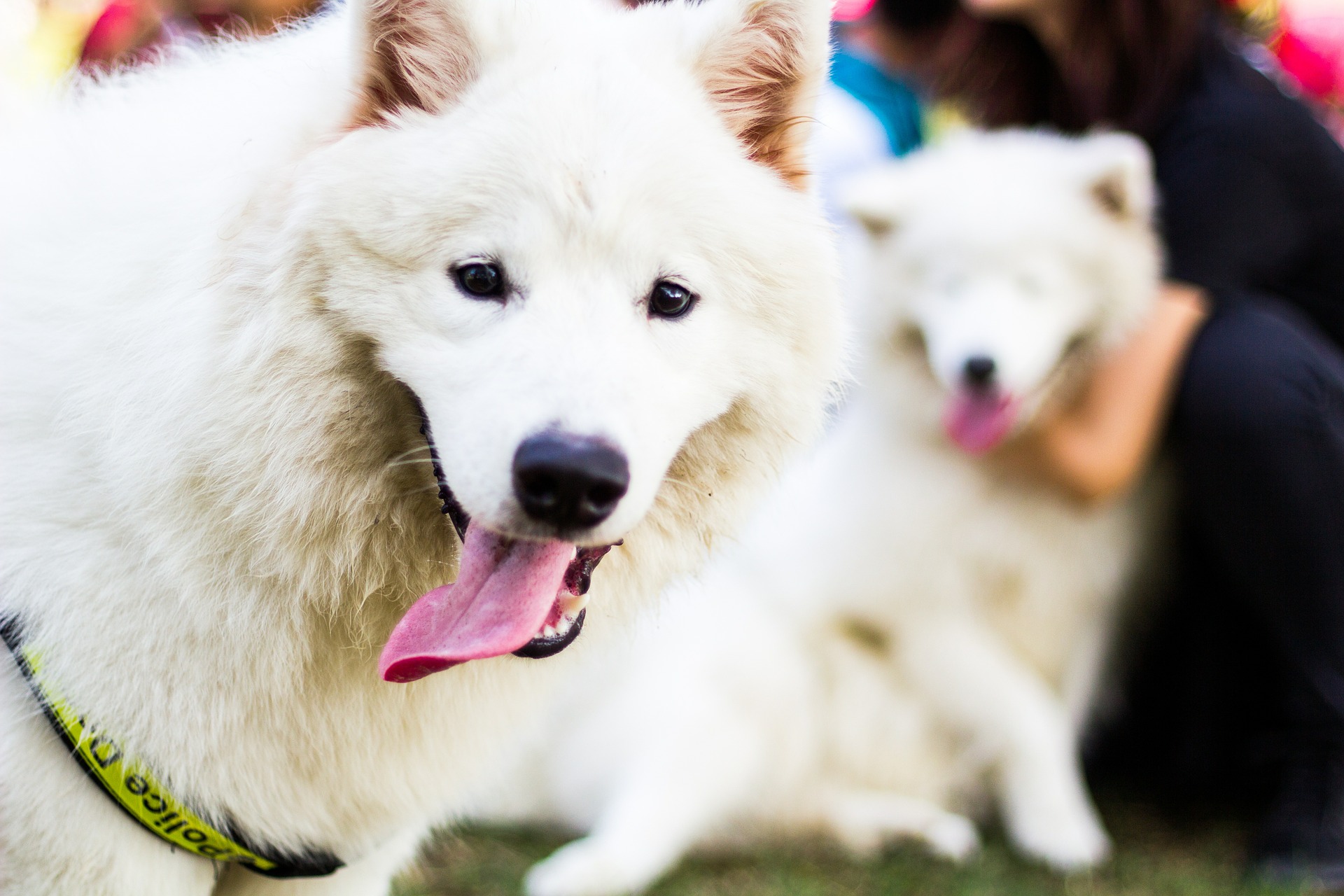
28 Mar Pet Halitosis: What Does Bad Breath Mean for Your Pet?
Oral malodor (pet halitosis or bad breath) is a common condition noticed by pet owners and is often described as “doggy breath” in dogs, and “fish” breath in cats.
Most of us are aware that bad breath in humans is considered a social faux pas. In companion animals, bad breath may lead to decreased interaction between pets and human family members. Few people want hot, stinky pet breath in their face.
What are the causes of halitosis in my pet?
For our four-legged friends, bad breath is not just due to a lack of tooth brushing. It may arise from abnormalities within the mouth or elsewhere in the digestive tract. Diabetes, kidney disease, and respiratory infections have also been associated with bad breath. Oral tumors, if present, can produce bad breath. Additionally, residual food debris and reduced saliva flow will contribute to oral malodor.
Periodontal Disease
The most common source of oral malodor is due to underlying periodontal disease within the mouth itself. Bacteria present within the oral cavity contributes to plaque formation. Oral bacteria, specifically gram-negative bacteria, produce volatile sulfur compounds which result in bad breath. These bacteria have been associated with periodontal disease in both humans and our companion dogs and cats.
The volatile sulfur compounds are what we detect when we’re aware of bad breath. Decreased chewing and swallowing from a painful mouth can cause stagnation of saliva and changes in salivary pH. This allows bacteria to overpopulate and produce more volatile sulfur compounds worsening existing oral malodor.
Gingivitis (red and inflamed gums) is often the first sign seen when bad breath is present and is the first stage of periodontal disease. Additional signs of periodontal disease include gingival (gum) recession, exposed tooth roots, and mobile teeth.
What can I do if my pet has halitosis due to periodontal disease?
The association of oral malodor with periodontal disease in dogs and cats is an important issue, as this may be the first clinical sign of oral disease that is noticed by an owner. If malodor is noticed in the mouth, it is important to have your veterinarian evaluate your pet for unhealthy teeth and gums.
Once periodontal disease is established, in a pet, an anesthetized oral exam is needed to determine what treatment may be required. Periodontal disease, if left unchecked, will progress and will not resolve on its own. Oral home care products, formulated to reduce plaque and tartar formation, are not useful in the face of established periodontal disease.
Since this gum disease is painful, initiating tooth brushing prior to professionally addressing the oral health of your pet, may elicit an adverse response. Once a veterinarian addresses periodontal disease through a Comprehensive Oral Health and Assessment Treatment (COHAT), daily tooth brushing, along with oral rinses can reduce and even eliminate bad breath.
If you believe your pet has bad breath, contact us at Animal Dental Care & Oral Surgery to schedule an evaluation at our Colorado Springs or Castle Rock locations.
Image by Tran Mau Tri Tam from Pixabay (3/28/2019)

